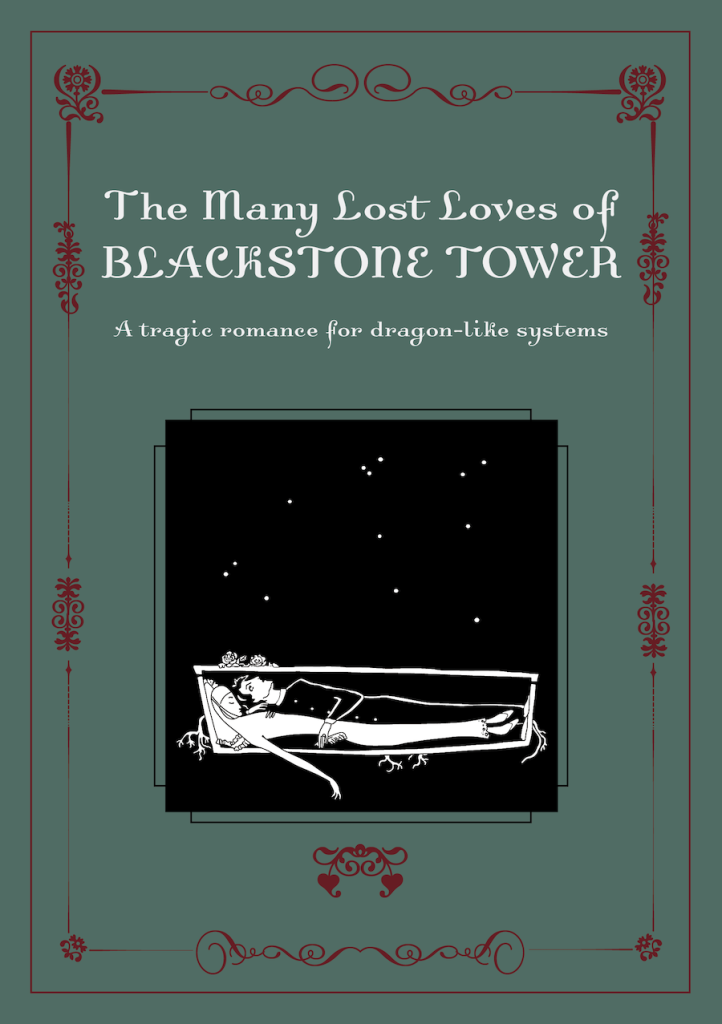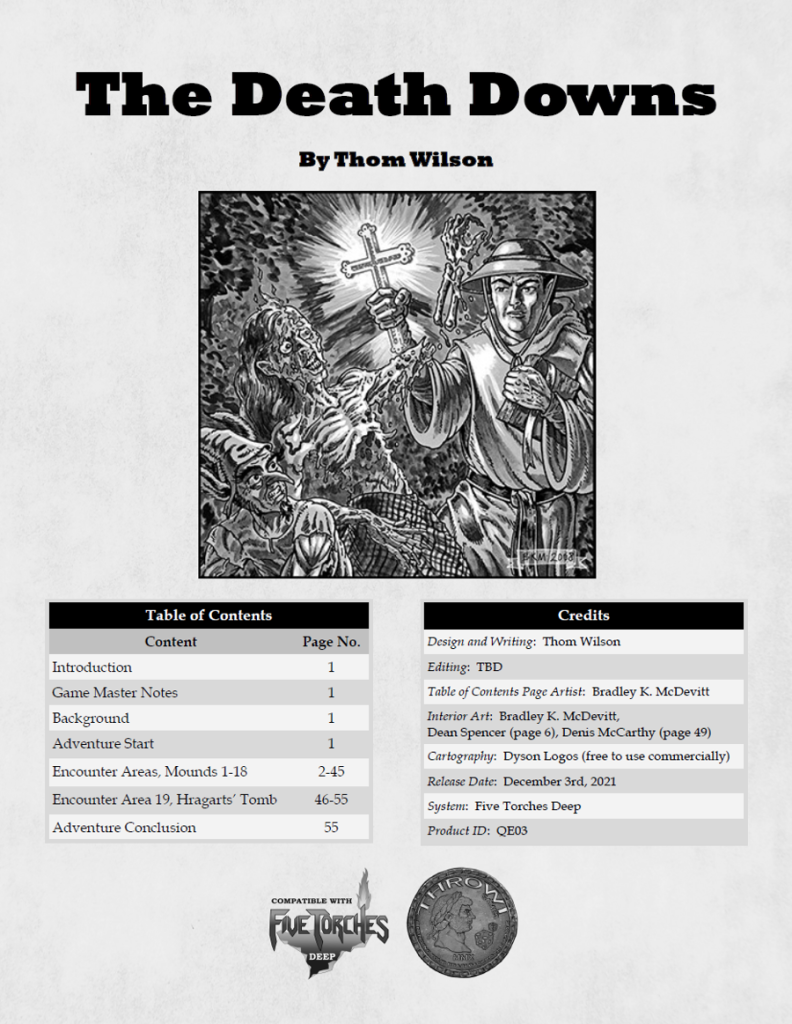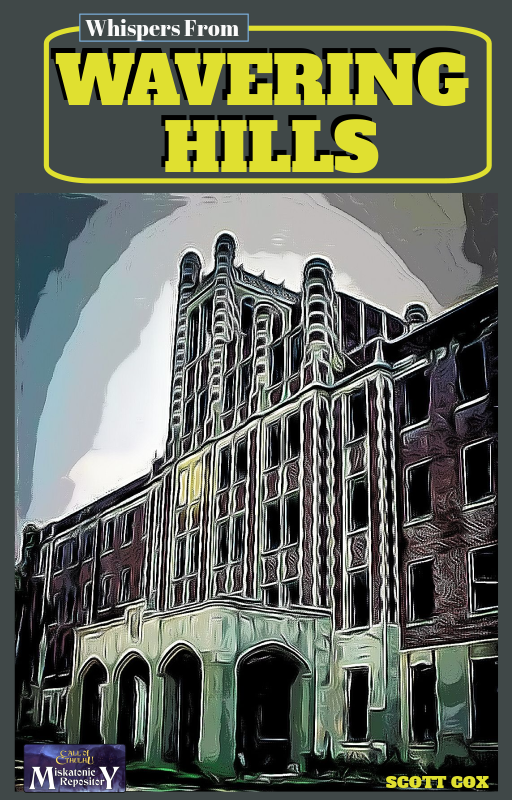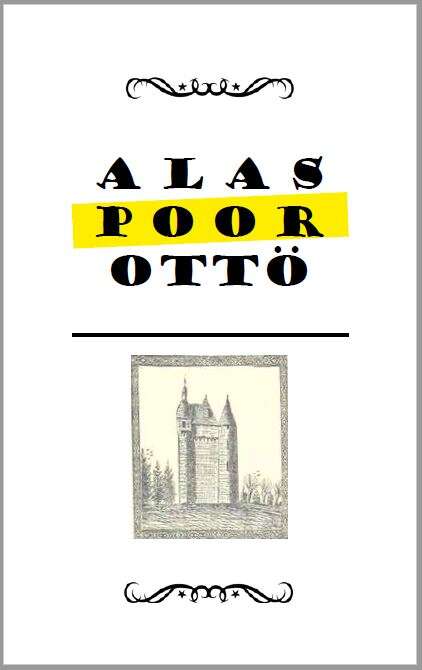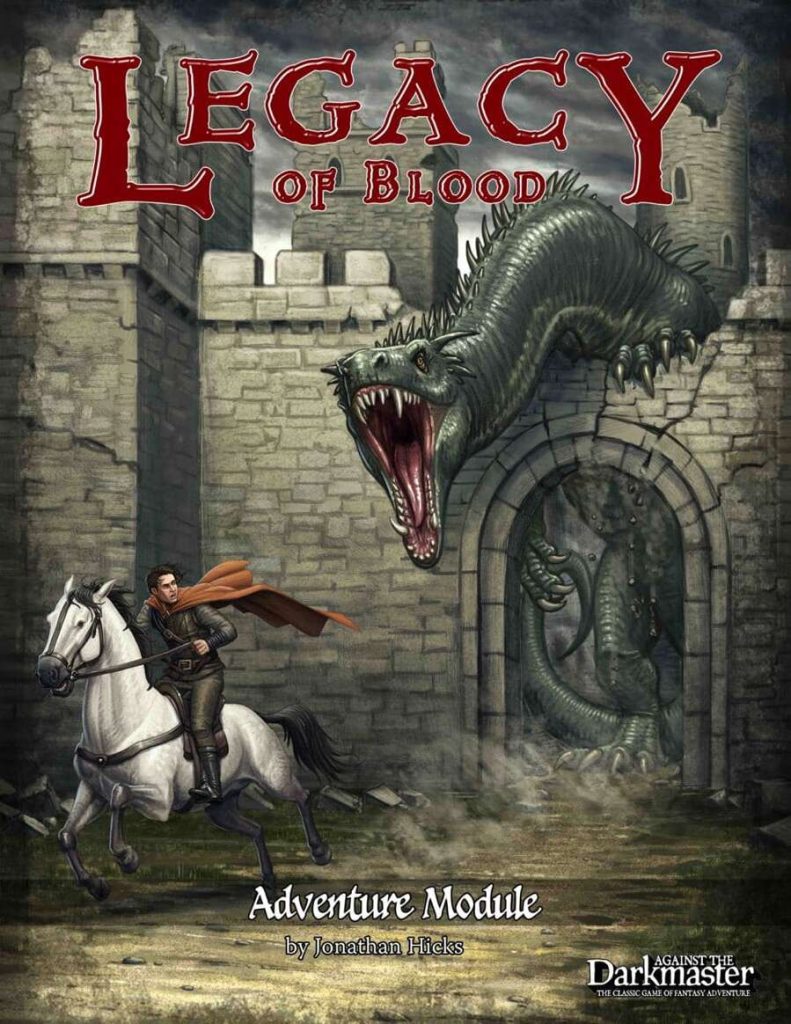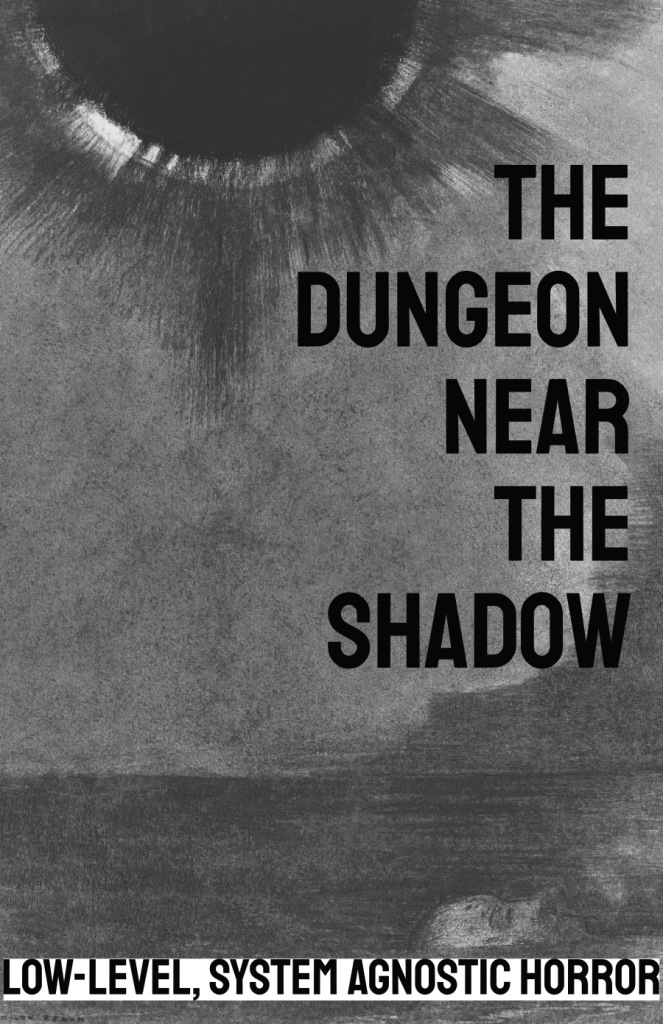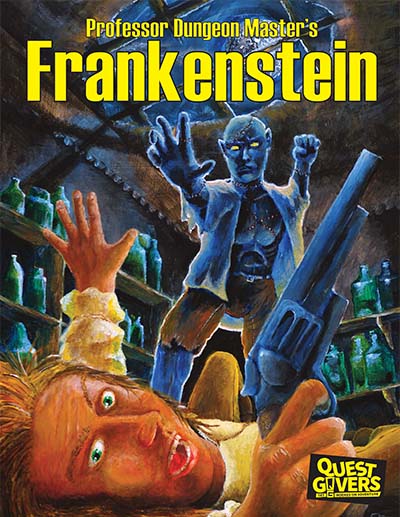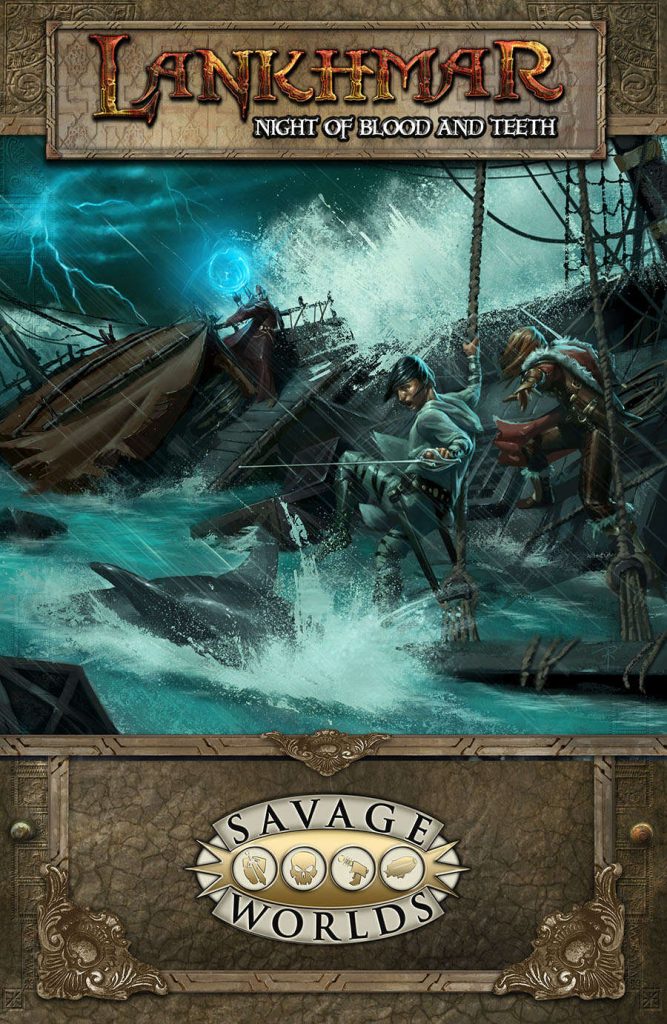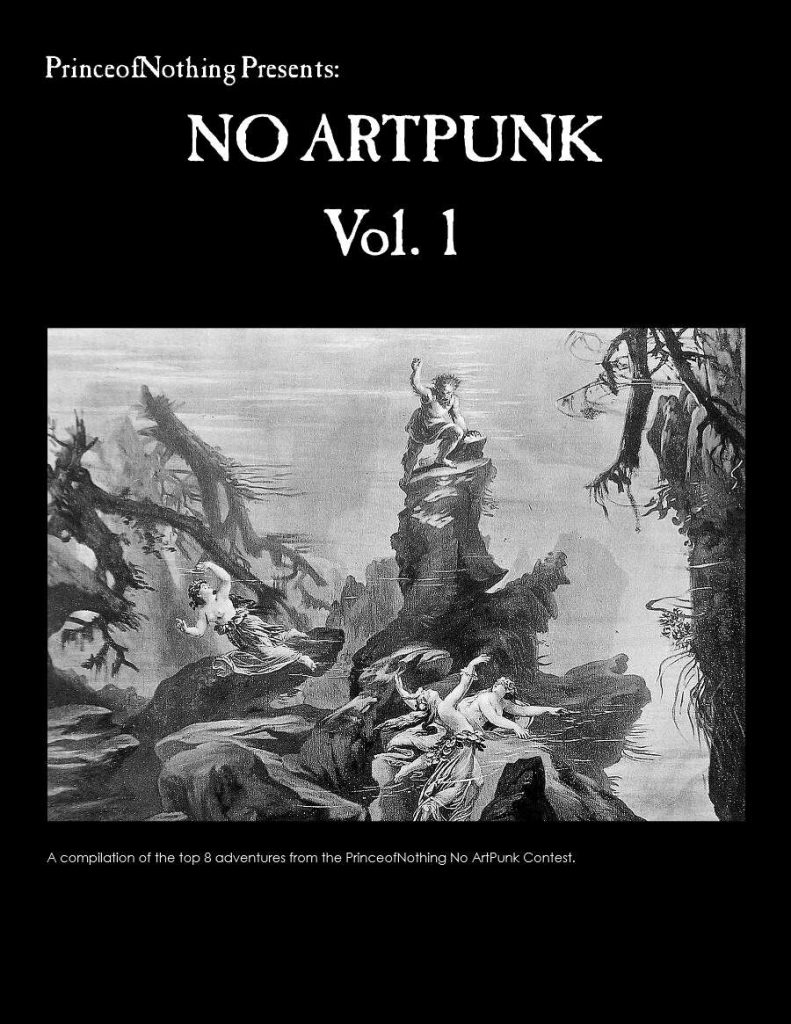
Number two in an eight-part series.
This is a compilation of the best eight entries from Prince’s recent No ArtPunk contest. Basically, you had to use published monsters, magic items, etc, with one unique allowance allowed in each category. Settle in, I’m reviewing one adventure at a time. Also, I admit that an orgy of women, wine, bread, circuses, and self-absorbed loathing kept me from reading Prince’s commentary earlier. So I’m going in to this blind. Let’s see what “winning” entries look like, shall we?
The Well Jon Bertani OSE Levels 1-4
This fifteen page adventure uses about eight pages to describe a temple with about 25 rooms and a few surrounding wilderness areas. A primitive frontier setting has a very Harn-like feel … but is too wordy and … cumbersome in its language for me to love this special-ops assault.
A dude walks out of the forest and gives you a tallystick. “Show up in the village of Pigsty by noon on the 25th and you may get an inheritance.” You show up to find a village out of 13th Warrior, all wooden palisades on the frontier-like. Indeed, even the village chieftain is a too-old warrior. But, shown the tallystick, he greets you with respect! There’s something fucking different! Finally, we don’t have the fucker in the throat 137 times! You’ve inherited a farmstead! He warns you the frontier is dangerous and sends a man to show you. Arriving, you find the gates hacked down, brigands looting, and the big mastiff dog shot and whimpering! Bastardi! Shall you track them back to their lair to recover your livestock? A small overland adventure ensues, with you finding an old temple facade in the side of a mountain. You then transition to a spec-ops sneak-in, probably, and then the usual hack-fest when the gig is up.
This is a hard adventure to review. It’s not my thing. But it is my thing. It’s a very frontier-like adventure. There’s a vibe of wooded palisades surrounding towns, tribesmen in the hills, danger over the next hill, lumberjacks and so on.
Or, at least, that’s what the vibe is SUPPOSED to be. It comes off more than a little bland. The individual elements are there, a little bland, but they don’t seem to work together well. There’s a whorehouse in town. The madam is a fat rotund woman who treats her girls well. Ok. So … pretty bland description. The next thing described in town are the lumberjack mill. Ah! Now I get it! The lumberjacks are over the whores at the whorehouse! You don’t get this from the adventure. There’s no inference, explicit or explicit. The whorehouse isn’t rowdy. Or full of lumberjacks, or anything like that.You, the DM, have to make that connection. The old lord in his hall, the description never mentions his daughter … just provides her stat block. Make of it, riff off of it, as you will. Which I can appreciate! … to a degree.
The entire adventure is like that. Everything in it. You find your livestock taken off. What do you do? Go back to town? (And, the town is 1 mile from the farmstead currently being raided by the brigands … uh … shouldn’t that play some part in what is going on in town? I guess not?) What this needed was just a little bit more in each area. A small amount of riffing from one area to the next. More colorful interactions, like a better description of the whorehouse. As is, it, and the rest of the descriptions, are a little generic. Not vanilla, but generic. Here’s the whorehouse:
“A two-story stone structure with colorfully painted shutter. The sign hanging over the entrance shows an image of a shapely woman. This is a brothel, run by a middle aged woman named
Mother Eddith. She’s a woman of ample form and a pleasant face. Her workers are well cared for here and learn other life skills as well. They earn a measure of the coin they make and may leave at any time they so choose, just so long as they don’t open up
their own business in town. Eddith is one of the wealthiest people in town. She has one guard, her son Igmus, a simple minded giant of a man. He considers all the working girls his siblings and will protect them to the best of his abilities, which when angered are quite formidable.”
The elements are there. The madam. The son. His sibling relationship. But that’s it. The interactivity is not present. The color from the rest of the town. The town and wilderness encounters absolutely fall in to this, and the templebrigand lair less so but still.
You eventually track them back to their lair, a facade in the side of a mountain. Turns out its an old dwarf temple. With a symmetrical map. Ug! We do get an alternate entrance, behind a waterfall. (Yeah!) What follows is kind of a harn-like assault on a mostly linear map. You will attempt to sneak in, kill guards and hope the alarm isn’t raised, eventually finding a pitched battle.
Descriptions inside are much the same as the town: a tad bland. Intellectual? The latrine tells us that “This room is fouled with the stink of offal. It’s obvious the bandits are using this area to as a latrine and toss other waste here. Rats scurry away into cracks in the walls when light is brought here.” The writing is a little … hoity? High-handed? There’s no viscereality to it. There are better example of thes in the adventure, such as: “A triangular fire pit burns with low oddly coloured flames. The flickering flames reveal an arc of runes upon the wall.” This is not the worst writing. But it comes off a little forced and as an academic version. “The flickering flames reveal” is a little too tash trope literary. It FEELS forced, rather than natural. And because of that I think it comes off as uninspiring.
Eventually the bandits are defeated and/or hidden parts of hte temple are revealed, with their dwarven challenges and rituals, or caverns with the newt-people in it. (Which seems a little out of place. I get adding secrets. I love that. It just seems to be missing some potential. Like, lets rally them to help defeat the bandits or something … but they seem almost an afterthought, thrown in at the last moment.
Individually, the elements here are quite good. The lumberjacks keeping an elf captured in their basement to torment until he reveals his treasure. The shot dog. The newtmen. But they just don’t seem to work together. It’s the academic language of Harn creating an academic environment. And I get it … that’s a genre. I mean, the place is full of humans and ½ orcs, with an occasional small number of bestial orcs and an ogre tossed in … textbook examples of my preference for humans as opponents with a spash of bestial humanoids. But, together, it doesn’t ring true. A little too much explaining. A need to cut at least a third of the words, if not more, and bring the language down to more evocative descriptions and away from the academic or Harn and AS&SH. And … a hard fight for level 1’s.
This is Pay What You Want at DriveThru, with a suggested price of $10. Proceeds are going to the Autism Research Institute. A subtle dig?
https://www.drivethrurpg.com/product/379533/No-ArtPunk-Vol-1?1892600

